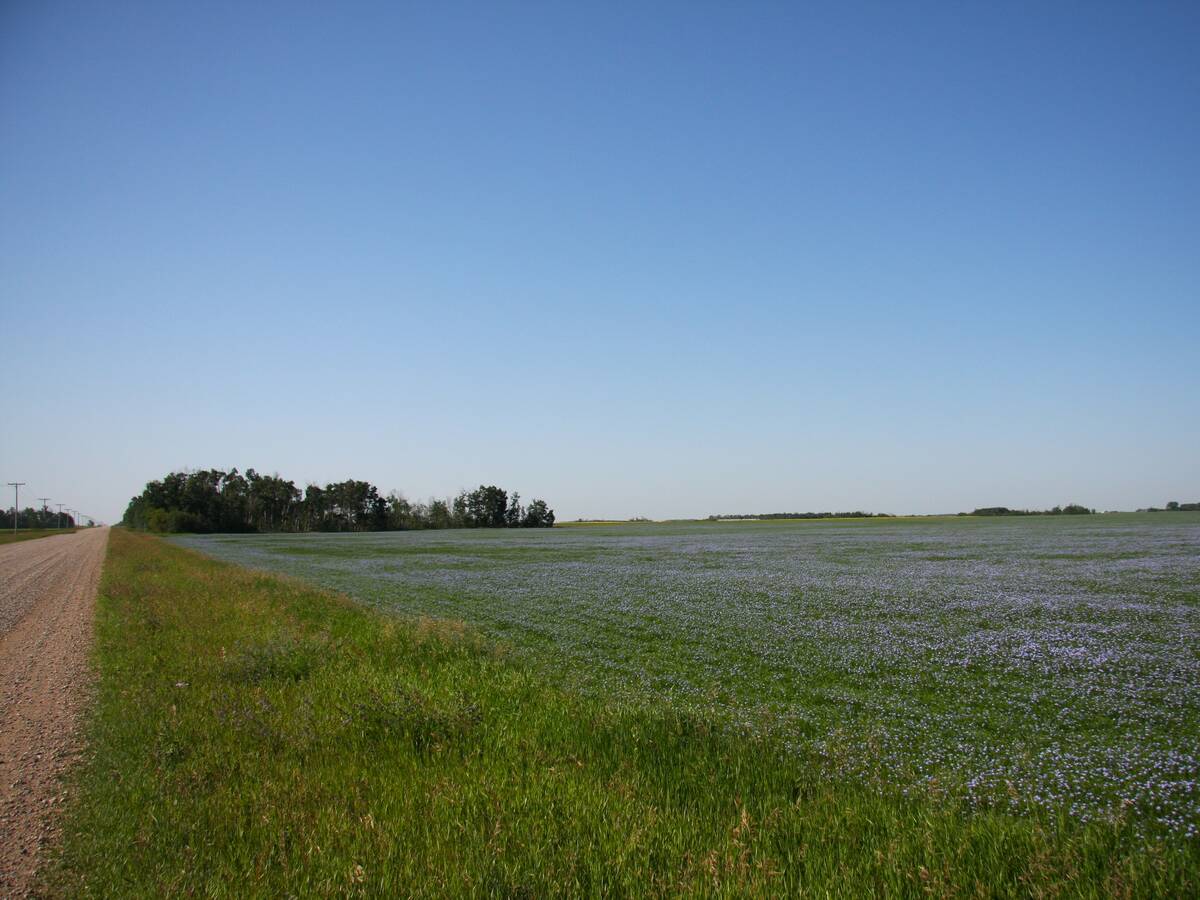The Alberta government is asking hunters to submit heads of wild deer and elk from animals shot in certain parts of the province as part of its annual survey for chronic wasting disease.
It’s the seventh year the province’s sustainable resource department has asked hunters to submit heads from mule deer, white-tailed deer and elk.
No CWD has been found in heads submitted by hunters, but because the brain wasting disease continues to show up in farmed deer and elk, it’s important to continue the survey, said Margo Pybus, with the department’s fish and wildlife division.
Read Also

Farmland advisory committee created in Saskatchewan
The Saskatchewan government has created the Farm Land Ownership Advisory Committee to address farmer concerns and gain feedback about the issues.
“We need to be looking for this disease,” said Pybus.
Last week a 27-month-old female elk from a northwestern Saskatchewan herd tested positive for the disease. It’s the 41st farmed herd in Saskatchewan to have a positive animal.
That province has also had 34 cases of wild cervids with the disease in the last four years.
In Alberta one farmed elk and two white-tailed deer have been found with CWD.
“It’s disconcerting as they continue to find more cases,” said Pybus.
A mandatory program is in place to test any game-farmed elk or deer older than one year that dies or is slaughtered.
The wild cervid program is just one more insurance policy to find animals that may have the disease, she said.
“We need to ensure we are looking equally hard.”
Heads submitted by hunters are the primary source in the survey program, she said.
This year there are three target areas for the CWD survey: one area lies north and west of Edmonton; one lies along the Alberta-Saskatchewan border from the North Saskatchewan River to Provost; and another lies farther south from Acadia Valley to Irvine.
Pybus expects about 250 heads to be submitted by hunters in each of the areas and another 250 from hunters outside the survey area.
She said the heads should be frozen as soon as possible and kept frozen until delivered to any Fish and Wildlife office in Alberta.
Several freezers have also set up in several locations around the target area to make it easier for hunters to drop off deer or elk heads.
Saskatchewan is also targeting specific areas for CWD testing by issuing free CWD control permits for deer hunters this fall.
They are available in areas where positive cases have been found, including the South Saskatchewan River corridor near Swift Current, the Manito Sand Hills south of Lloydminster and the region northwest of St. Walburg.
These hunters must turn in the animals’ heads for testing, a process expected to take six weeks.














